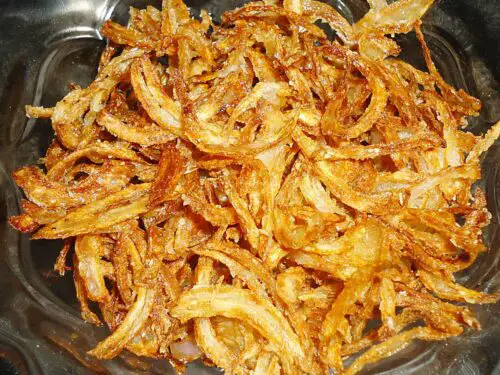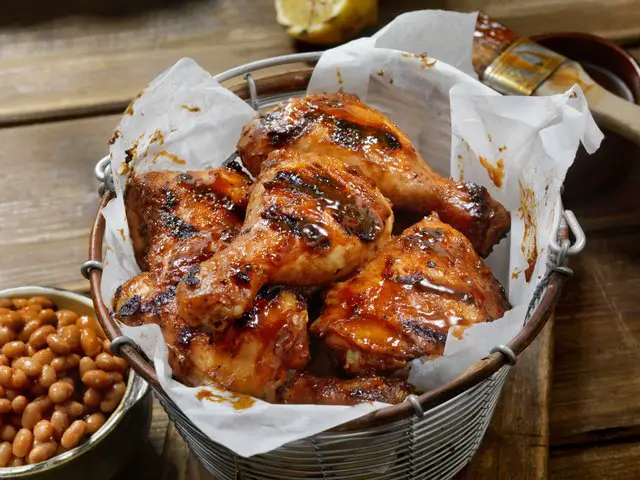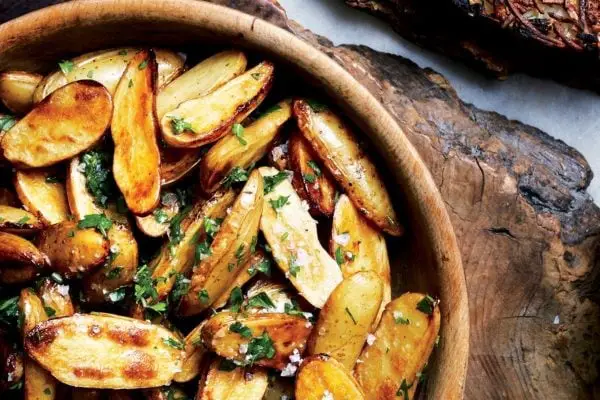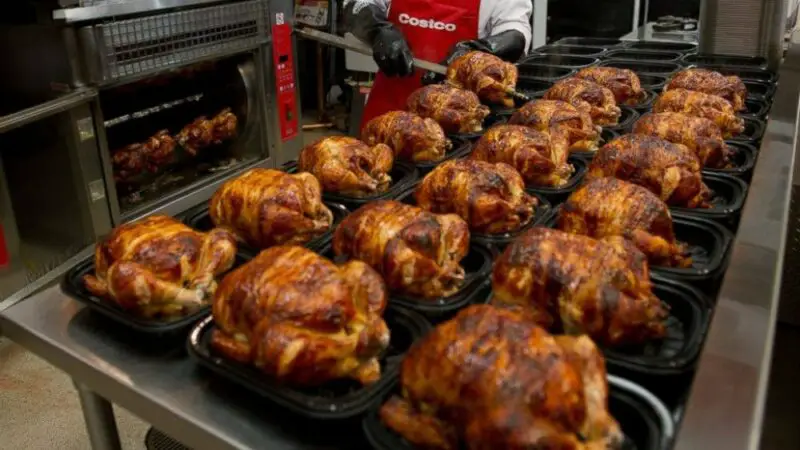When you fry onions, the aromas that waft through the kitchen are nothing short of irresistible. But what happens when you don’t use all the fried onions you made? Can they be stored for later use? The answer is yes, but for how long? In this article, we’ll dive deep into the world of storing fried onions after opening and help you understand the best way to prolong their shelf life while retaining their signature flavor and texture. Stick with us to learn everything there is to know about this aromatic staple in your kitchen!
Fried onions are a beloved condiment that can enhance the flavor of many dishes from soups and salads to rice dishes and even sandwiches. However, it’s important to store them properly to ensure their freshness and safety.
Why Fried Onions Need to be Stored Properly
Fried onions undergo chemical changes after preparation which can be affected by different storage conditions. The main component in onions that triggers the frying process is water; thus the moisture content needs to be reduced for a well-textured fried onion.
If not stored properly, fried onions become stale, lose their texture, and their flavor becomes less pronounced. Suboptimal storage conditions can lead to rancidity, spoilage, and spoil the taste of the food they were added to.
The presence of harmful bacteria from contamination either from unwashed utensils or hands can lead to severe food poisoning if left unchecked.
Factors Affecting the Shelf Life of Fried Onions
The lifespan of fried onions is influenced by several factors which include:
- Type of packaging used for fried onions: Different packaging materials have varying levels of air circulation hindering or allowing fresh air exchange.
- Storage conditions: Temperature, humidity, exposure to light all play a critical role in maintaining freshness.
- The presence of additives and preservatives: Some fried onion brands include ingredients designed to extend shelf life.
Shelf Life and Storage Guidelines for Different Types of Fried Onions
1. Homemade Fried Onions
Homemade fried onions typically have less additives or preservatives compared to store-bought varieties thus require proper storage procedures. Ensure they are cooled down and stored in an airtight container or plastic bag, then refrigerate them.
Here are guidelines for storing homemade fried onions:
- Preferred storage conditions: refrigeration
- Maximum shelf life: 2 weeks
- Tips for freshness:
- Do not mix fresh onions with already fried onions to avoid excessive heat which leads to degraded quality.
- Store in small resealable bags (single use) to avoid contamination of the whole batch storage.
2. Pre-Packaged Fried Onions
Pre-packaged varieties are more processed, yet include extended shelf life additives and preservatives. Despite their longer lifespan, it is still vital to store them correctly and keenly observe the labeling information. Around expiration, it’s essential to scrutinize the product more cautiously.
- Recommended Storage Guidelines:
- In most cases, store-bought fried onions can stay longer than homemade on the counter or cabinet over the short term (less than a week).
- The fridge is best for long-term storage if not obliged to be used right away.
- Best Before Date vs Expiry Date:
- The best before date is often marked on pre-packaged fried onions; this denotes optimal sensory appeal and flavor than depending solely on safety concerns.
- The expiry date denotes the final date that the product may be safely consumed without negative effects.
- How to tell if pre-packaged fried onions have gone bad:
- Color change. When the natural onion color changes from yellowish brown to green and is excessively darkened, it is an indication that the product has passed its prime.
- Odor. Rancid smells or sour stenches tell of an unwanted bacterial invasion and contamination.
- Mold growth. Various types of fungi grow in humid conditions. Never consume moldy products.
Signs That Your Fried Onions Have Gone Bad
If you have observed any of the following, it’s probably best to get rid of the fried onions:
- Visible mold growth
- Foul smell
- Changes in texture and color
Risks Associated with Eating Expired or Stale Fried Onions
Eating stale or expired foods puts you at risk of allergic reactions or contracting food poisoning.
- Food Poisoning: Consuming stale, moldy, or rancid food can lead to infections such as botulism, salmonella, E-coli, and listeria among others.
- Most contaminated foods do not look, smell, or taste off; this makes it essential to be vigilant when inspecting stored foods.
- In case you observe any signs of spoilage before the recommended shelf life elapses, take caution not to ingest them; they become hazardous.
- Allergic Reactions: Stale food with higher bacteria content can trigger allergic reactions in individuals who have preexisting allergies.
Proper Disposal Methods for Expired or Stale Fried Onions
If you have observed spoilage signs or expired, it’s essential to dispose of the fried onions carefully. Here are some methods:
- Composting: If you engage in home composting, add stale fried onions to compost piles by digging a hole, putting them inside and covering with soil or garden clippings.
- Garbage Disposal Alternatives:You can put expired fried onion scraps in the designated garbage bin or contact your local recycling plant for disposal practices.
Frequently Asked Questions About Storing Fried Onions
1. Can You Freeze Fried Onions?
Fried onions are susceptible to freezer burns and may lead to loss of flavor and texture. Instead, opt to store them in an airtight container in the refrigerator.
2. Can You Store Home-Made Fried Onions Without Refrigeration?
No. Homemade fried onions require refrigeration after cooking or cooling off to prevent harmful bacterial growth and keep for an extended period.
3. Do Fried Onions Go Bad If Stored in the Pantry?
Pantry storage exposes fried onions to humidity, temperature fluctuations, and light exposure rendering quick spoilage as opposed to optimal storage conditions that ensure their freshness.
4. Is it Safe to Eat Expired or Stale Fried Onions?
No, expired or stale food poses a risk of contamination as they attract harmful bacteria that causes infections when consumed. The best action is to dispose of them properly and buy a fresh batch.
Conclusion
In conclusion, proper storage, careful labeling inspections, and speedy consumption can enhance the lifespan of fried onions. Suboptimal storage conditions can lead to severe food poisoning or unwanted allergic reactions. It essential to be cautious and dispose of expired fried onions correctly.
Summary
Fried onions are a popular ingredient in many dishes, but how long can they be stored after opening? Proper storage is crucial to avoid health risks associated with eating expired or stale food. The article explains the chemical changes in fried onions and the effect of temperature and exposure to air on them. The shelf life of fried onions depends on factors such as packaging, storage conditions, and preservatives. Homemade and pre-packaged fried onions have different storage guidelines, and it’s essential to know when they have gone bad. Eating expired or stale fried onions can cause food poisoning or allergic reactions. To dispose of them properly, composting or garbage disposal alternatives can be used. The article also answers some frequently asked questions about storing fried onions. Overall, proper storage is essential to avoid health risks associated with eating expired or stale fried onions.






